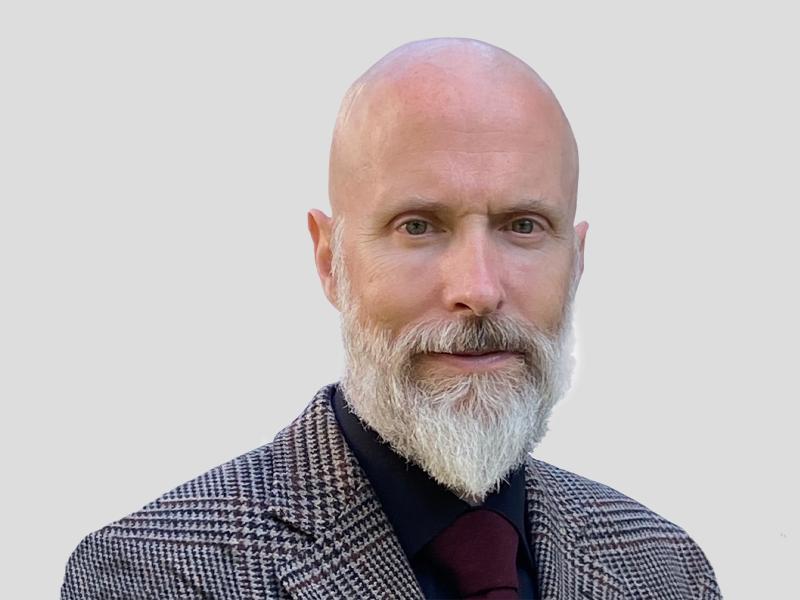
Geothermal
Energy
Geothermal
Energy
Harnessing the
Earth’s natural heat
Harnessing the
Earth’s natural heat
Geothermal energy is sourced from natural heat generated by the Earth’s core, which is retained by insulating rocks found deep underground. This heat is transferred to a circulating fluid and moved from depth to the Earth’s surface. On the way up, the fluid cools rapidly, producing steam that spins turbines and generates energy. The cooled fluid is then reinjected into the subsurface, perpetuating the cycle of heat transfer.
The United States is currently the world leader in installed geothermal capacity, with 3.937 gigawatts, as of 2024. Geothermal energy can be harnessed without importing fuel and can produce energy around the clock—qualities that would increase the nation’s energy independence and resiliency.
PNNL conducts research across the geothermal portfolio. From fundamental science in subsurface material behavior to transmission planning, from building conversion to materials research and critical mineral extraction, this work is improving our understanding of geothermal energy generation and enabling the utilization of that energy in sectors and communities.
Geothermal energy at PNNL
With a long history of researching and evaluating renewable energy sources, PNNL supports the U.S. Department of Energy (DOE) Geothermal Technologies Office (GTO) in growing the use and applications of geothermal energy. PNNL’s goal is to develop technologies that can better capture, extract, and convert heat from the Earth to advance geothermal energy production and contribute to a reliable energy future.
In support of that goal, PNNL scientists work in the following areas of geothermal science:
- resource characterization and reservoir modeling that improve the understanding of available geothermal resources to inform future development
- geochemistry and rock mechanics to better understand fluid interaction with rock and mechanical behavior under elevated temperature and pressure conditions
- materials innovation for reservoir stimulation and wellbore stability
- technoeconomic assessments that provide insight into the return on investment and market opportunities to support the expansion of geothermal energy applications
- power systems modeling, systems optimization, and grid integration to plan more effective generation, integration, and transmission of geothermal energy.
PNNL leads a DOE Office of Science-funded Energy Earthshot™ Research Center for geothermal energy. The multi-institution, multidisciplinary Center for Understanding Subsurface Signals and Permeability (CUSSP) is advancing a basic understanding of the complex chemical and physical processes that occur as fluids flow through the deep fracture networks in enhanced geothermal systems (EGSs) and is developing methods to remotely sense and accurately simulate these processes across scales.
PNNL is involved in the superhot Newberry EGS Pilot Demonstration in central Oregon, advancing DOE’s Enhanced Geothermal Shot. The Newberry Volcanic Complex is one of the largest geothermal reservoirs in the western United States. NEWGEN, a public–private consortium, is developing a new concept for EGSs at this volcano with very high-temperature wells (above 450 °C). The project aims to test more efficient and innovative ways to extract underground heat where conventional geothermal power generation isn’t possible, and PNNL’s role is to study the source geophysics and induced seismicity potential at this location.
Researchers at PNNL are working collaboratively with other national laboratories and geothermal innovators to test new technologies at GTO’s Frontier Observatory for Research in Geothermal Energy (FORGE). FORGE is a dedicated EGS field site laboratory in Milford, Utah, where scientists and engineers can develop, test, and accelerate breakthroughs in EGS technologies and techniques. PNNL has a research and leadership presence at the Sanford Underground Research Facility (SURF). PNNL scientists serve as executive and scientific advisory committee members and conduct experiments to better understand heat transfer, thermal energy storage, and fracture mechanics in the subsurface and to integrate results into numerical modeling for robust predictive potential.

